Christie Schutz Vincelli, Ed.D.
When working in districts, I often am asked what my thoughts are on assessment. “What type of assessments should I use? How often do we administer them? Do we give universal screeners, benchmarks, or both? Are we over-assessing?” To that, I say I have two questions for you in return:
- Do you understand the purpose of each assessment that you are giving, along with what specific insights you will learn about your students as a result of the assessment? If not, you should!
- Are you regularly using it? If not, don’t give it!
Now that we’ve gotten that out of the way, let’s define the most common education assessments: benchmark assessments and universal screening tools. Each has their purpose within a multi-tiered system of support (MTSS), but we tend to be more familiar with benchmark assessments, because these are the most common ways we measure grade-level performance.
The official definition of benchmark assessments (also known as interim assessments) is an assessment system used to evaluate the academic competency of a selected group of students based on grade-level standards. These academic evaluations help institutions and relevant educational agencies see if the evaluated students are on par with current grade standards. Here are some of the challenges with benchmark assessments:
- Benchmarks are not norm-referenced. They do not compare apples to apples. In fact, they were designed to predict how a specific population of students would perform on a statewide assessment of grade-level standards.
- Benchmarks are typically not research-based and do not have independent studies surrounding them. Benchmarks are not adaptive, meaning if a student doesn’t do well on third grade material, the test does not decrease in skill level to identify what prerequisite skills the student is missing. They simply indicate what needs reteaching or reinforcement to meet grade-level standards. . This also means that they do not look for skill gaps or identify specific domains in reading and math in need of intervention to get a student caught up to grade-level standards.
In summary, benchmark assessments are designed to measure progress and performance based on grade-level standards. However, quality benchmarks are built and reassessed consistently to align with grade-level curriculum as it is taught to students. They also help educators understand student progress on grade-level curriculum. From there, educators can identify which curriculum standards have high achievement rates and which should be retaught or addressed again. Ideally, that standard should then be reassessed in the next benchmark cycle to ensure overall student performance.
Now, let’s examine universal screening tools. There is growing popularity and curiosity about universal screening tools as more and more states embrace MTSS, which is built on universal screening in Tier 1. (Not familiar with MTSS? Here’s a quick crash course: https://magnoliaconsultinggroup.org/the-importance-of-tier-1/). Universal screening assessments are characterized by the administration of quick, repeatable testing of age-appropriate skills to all students. They measure if students have the pre-readiness skills in language arts and math by domain to be successful on grade-level standards. They also provide a more diagnostic assessment than a benchmark assessment in two ways: by identifying individual progress and by identifying classroom progress.
On an individual level, universal screening identifies those students who may need additional diagnostic assessment and/or intervention, either in small groups or on an individual basis. Educators glean a clear sense of which areas a student may need additional support, allowing them to adapt instruction accordingly.
From a school-wide standpoint, universal screeners provide evidence to help administrators assess how functional the core curriculum, environment, and instruction are in the school. At least 80% of all students in the school should be showing adequate progress in a particular curricular element or program. If more than 20% of the students are not making acceptable gains in an area, the school must focus on improving the core curriculum and/or instruction.
Schools typically administer universal screenings to all students three times a year. And you likely are already using some! Here’s a great, research-based list of different universal screening tools: https://charts.intensiveintervention.org/ascreening. Characteristics of universal screening assessments as identified in the professional literature include:
- They are accessible to all students regardless of ability or whether English is their first language, and can be provided in multiple languages.
- They assess critical skills and concepts that may or may not be at grade-level standards
- They adjust depending on the academic achievement level of the student, with the test increasing in difficulty based on correct responses, meaning that they are adaptive.
- They are brief — they last less than 20 minutes and are easy to administer and score.
- They can be given to students as a district-level, school-level, grade-level, or classroom-level assessment.
- Results are available within 1-3 days and provide both aggregated and disaggregated data to classroom teachers.
They are repeatable, reliable, and valid! Commercial assessments have undergone psychometric analyses to determine reliability and validity. If the assessment has not been analyzed by a psychometrician, a “teacher-made” assessment cannot be referred to as reliable, and inferences made cannot be considered valid.
So, what do I recommend? If you truly want a pulse on what essential skills students are missing and to determine a baseline of how students are performing in language arts and math within each grade, universal screening is the answer. You can then use that universal screener to determine whether 80% of students in a given grade are proficient in pre-readiness skills. From there, benchmarks can track their overall grade-level achievement. And remember: both universal screeners and benchmark assessments should be regularly reviewed to make sure your district is gaining quality information about how your students are performing individually, and at grade-level.
If you’re looking to better understand assessments and/or how to identify effective assessments for your district, we can help! Reach out to us today at [email protected].


